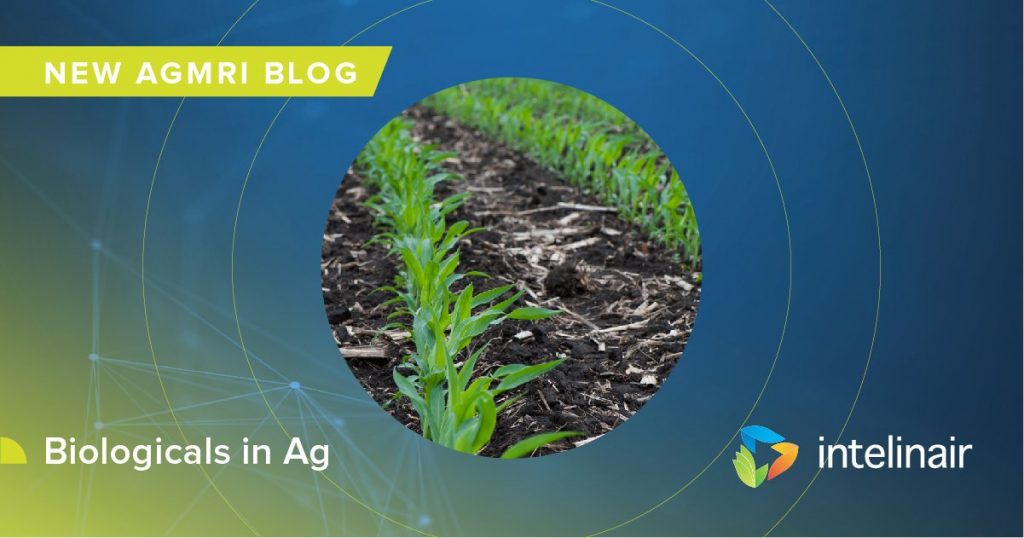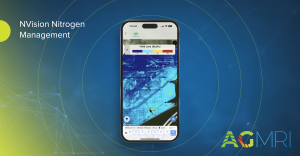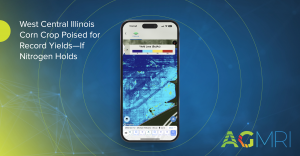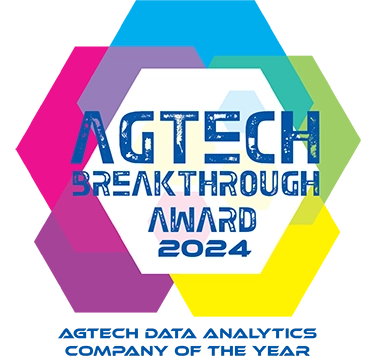Interest in biologicals for crop production continues to increase as the number of products in this fast growing segment has seen tremendous growth over the past decade. And, there are no signs of a slowdown. According to various ag market surveys, the biologicals market is expected to double in the next five years.
The terms “biologicals and biologics” have been used to describe a number of products in many segments across production agriculture. And, as with any agronomic topics, we should first define and understand the subject before considering any further testing and evaluation of products, technologies or practices for use in a farming operation.
University of Illinois plant physiologist Fred Below provides a perspective and the potential impacts of the use of biologicals as a part of a crop production system. According to Below*, “Biologicals are here to stay, and they are going to be key management practices in our quest for high yields, but you better understand how they work and what they do, if you’ll have any clue of how to best use them.”
What is a biological?
The following definition of biologicals from Bayer Crop Science can serve as a good base definition:
“Agricultural biologicals (or biologics) are beneficial crop production and protection tools that are largely created from living organisms, derived from natural materials, contain them, or use naturally occurring processes.”
Examples of biologicals
Biologicals can come in different forms and have various uses. Some examples include**:
-
Biofertilizer: Microorganisms that improve fertility, nutrient uptake, nitrogen fixation and growth promotion
-
Biostimulant: Biologically based products that improve plant health, nutrition and growth, while helping tolerate abiotic stress such as cold or drought
-
Biopesticide: Naturally occurring substances or microorganisms that control pests
-
Bioherbicide: Microorganisms such as bacteria, viruses or fungi, microbial metabolites and some insects that target a specific weed’s defenses
-
Bioactivity: Adding microbes or other naturally occurring organisms that can help increase nutrient availability, soil function, activity and root growth
-
Biodigesters: Utilizing microbes to help break down crop residue after harvest
Why use a biological?
Biologicals can be both complementary and alternative solutions within a crop production system including an Integrated Pest Management (IPM) strategy. An IPM strategy would combine biological, genetic and crop protection products, utilizes multiple modes of action, and provides a sustainable approach to the management of resistance in crop production. If you are considering the use of biologicals as a part of your crop production practices, biologicals may help in meeting the following goals:
-
Yield improvement and crop quality
-
Sustainability
-
Flexibility in application methods and timing
-
Residue management
AGMRI and Biologicals
Given the potential benefits of biologicals and their use in crop production, how can AGMRI help in evaluation and decision making? Currently, key issues of crop production that AGMRI assesses through imaging and analytics – such as stand establishment, overall plant health, potential disease infestations, and crop stress – can all be impacted by the use of biologicals. The use of AGMRI to compare areas of a field with biologicals to those without, is key to understanding overall performance of the crop and will aid in planning for next season and any future use of biologicals.
For more information on AGMRI and its season-long capabilities, request a demo!

*Source: www.agweb.com – Biologicals and Seven Wonders of the Corn Yield World, 3.8.2021
**Source: CropLife International – www.croplife.org, Case Studies















